A Film Legacy by Jason Howe
Hi Steve
I’d really like to share a recent discovery with you, I am posting the full version on my blog HERE but I know this will reach far more people if you show it so thanks so much for helping me achieve this.
I’ve featured my own work on your site several times before but on this occasion I’d like to present the work of a deceased doctor and amateur photographer from New Zealand called Roland G Phillips-Turner who in the 1950’s and 60’s travelled around remote regions of New Zealand’s North Island doing medical research and documenting his travels with his Leica M5 and Hasselblad 500c.
A Film Legacy
I clicked on the email attachment, whilst the image of assorted camera equipment wasn’t the best the list was clear enough….. Leica M5, 35mm Summicron f/2, 90mm Elmarit f/2.8 all caught my eye, words that meant nothing to me only a couple of years ago were now very much etched in to my photographic brain. Other lenses in both M & R mount were listed amongst a myriad of Leica equipment. The email arrived via the father of a friend, word of mouth regarding my fondness for all things Leica had ensured it found its way to me, good fortune indeed. I phoned the contact number and made arrangements to view the items at the earliest opportunity and in doing so acquired not only a wonderful collection of vintage Leica equipment but also the opportunity to show the world the photography of Roland G Phillips-Turner, his film legacy so to speak.
As I carefully packed away the equipment, the daughter and I began to chat about her late father and his photographic exploits, as I listened intently my connection to this newly inherited equipment grew stronger with each spoken word. All vintage equipment comes to you with a history, more often than not it’s imagined on the part of the new owner, to actually know the story behind it makes it very special indeed. With this history comes what I would almost describe as a sense of duty, one I would come take very seriously, lenses have since been serviced and as I write this the M5 is at DAG in the US receiving the attention it deserves. Indeed, upon its return from CLA the 35mm Summicron f/2 (Pre Asph) v.1 made its debut for me HERE.
I’d describe myself as a rational person, I don’t believe in such things as fate and destiny, but I have to admit it has crossed my mind when it comes to this equipment. From opposite sides of the world, separated by two generations and via a huge slice of good fortune this equipment has landed in my possession, the survival and continued use of this Leica equipment is now ensured.
In addition to the equipment I was also entrusted with his slides, these have only been seen by the family prior to this post.
Image 1 – Hasselblad 500c – KODAK EKTACHROME
I was so pleased to find this amongst the negatives, after some research I’ve been able to establish that it was taken at Marokopa Falls in the Waikato, New Zealand. It was also fascinating to discover that the photographer used the Hasselblad 500c for the medium format work. I had also purchased a 500c from the USA a month or so before coming across the slides, just another wonderful coincidence.
–
Image 2 – Hasselblad 500c – AGFACOLOR DIA
Kuia with a moko – “Kuia” being an elderly woman, grandmother or female elder and the “Moko” is the Maori facial tattoo.
–
Image 3 – Leica M5 – KODAK KODACHROME
Image taken with the Leica M5 and most likely with the VISOFLEX that was also included within the set of equipment.
–
Image 4 – Hasselblad 500c – KODAK EKTACHROME
Deer Hunters in the Urawera’s, a rural scene that is no doubt still repeated in the present day.
–
Image 5 – Hasselblad 500c – AGFACOLOR DIA
In this image Mount Ngauruhoe appears to be active. You may recognise this volcano as Mt Doom from the Lord of the Rings Trilogy.
–
Image 6 – Hasselblad 500c – AGFACOLOR DIA
Traveling amongst the indigenous people in these rural areas whilst doing his research must have been the most incredibly rewarding experience. Add to that the opportunity and ability to photograph them and it really must have been a joy on many levels.
Final Thoughts
In years to come will people have similar experiences to the one I have just shared with you? What is the likelihood of my photographs being rediscovered 40 or 50 years from now? You would have to say, highly unlikely! Film has made this discovery possible, it has preserved these images beautifully and ensured their survival to date.
Boxes of slides, stored in an attic, a garage, who knows where, you open it, hold it to the light and instantly you can see the magic, will people recover digital images from old hard drives in this way? I can’t see it myself……..only film can make this possible. I already had an affinity with film, this experience has strengthened that bond still further, I never say shoot film over digital, I always say shoot both. There is true value in both media.
The images posted here are indicative of the collection I have been entrusted with and I will continue to share them over the coming weeks and months, I hope you’ll join me and follow these posts with interest.
Cheers
Jason.

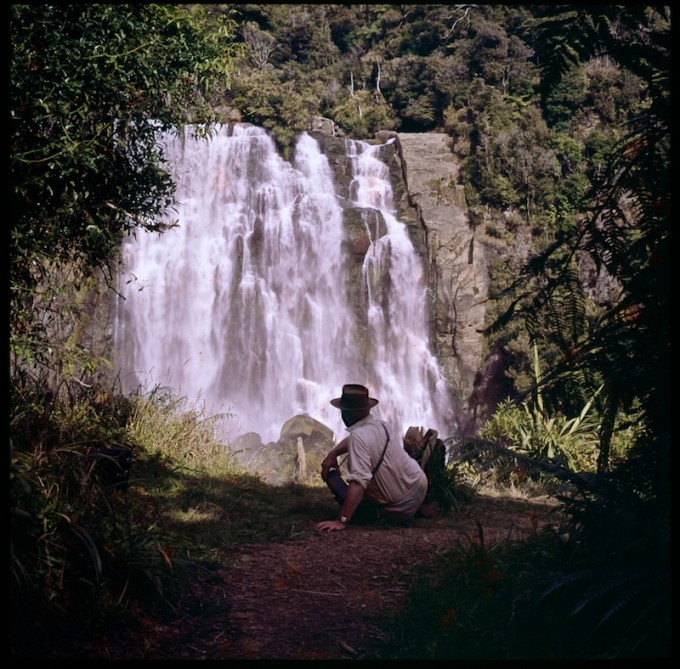
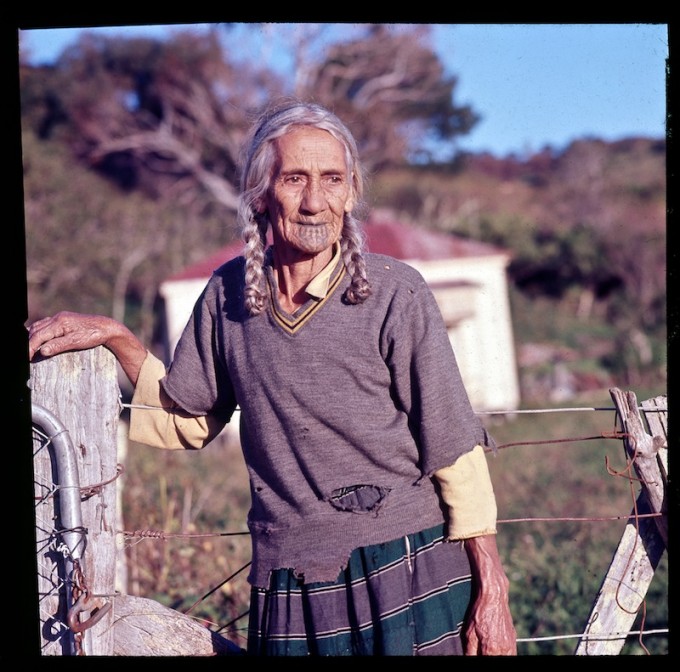
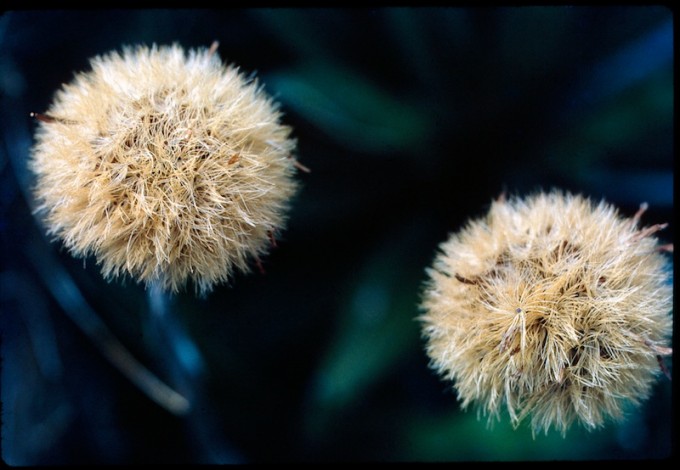
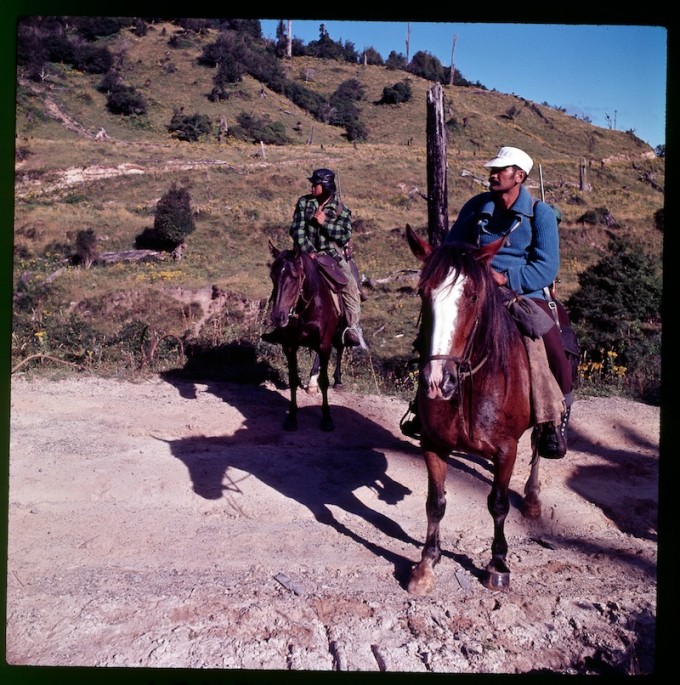
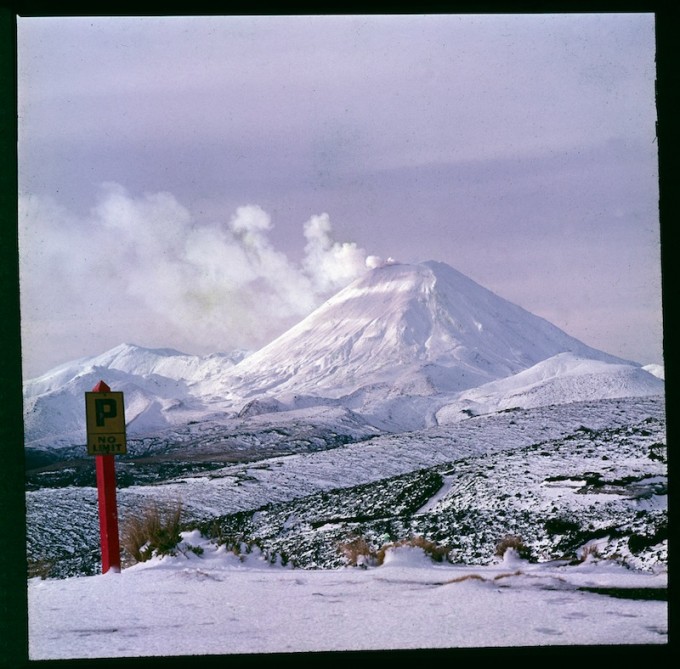
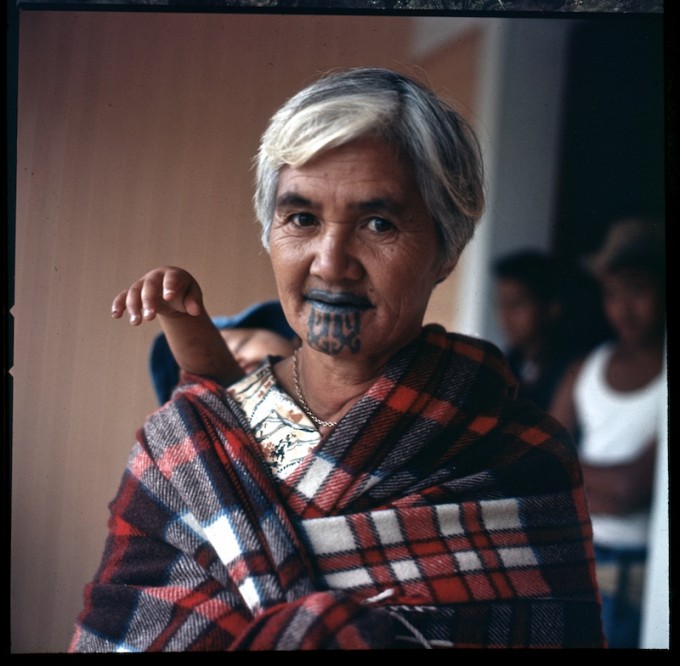


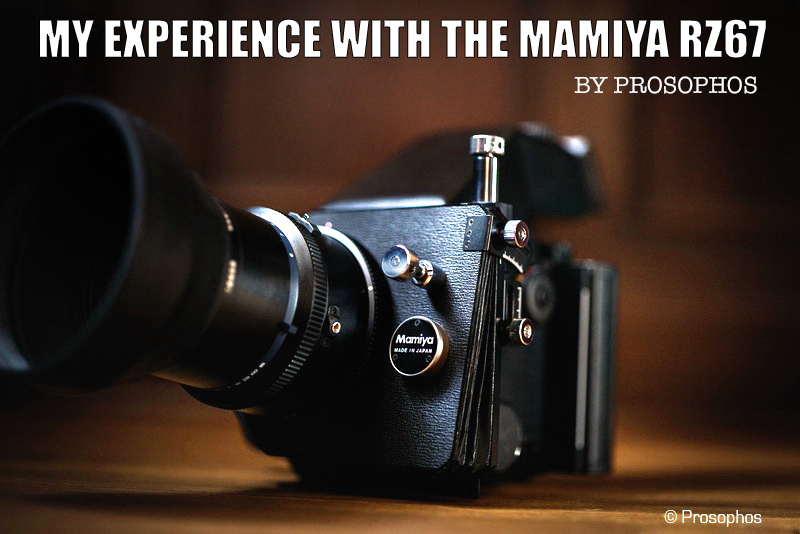
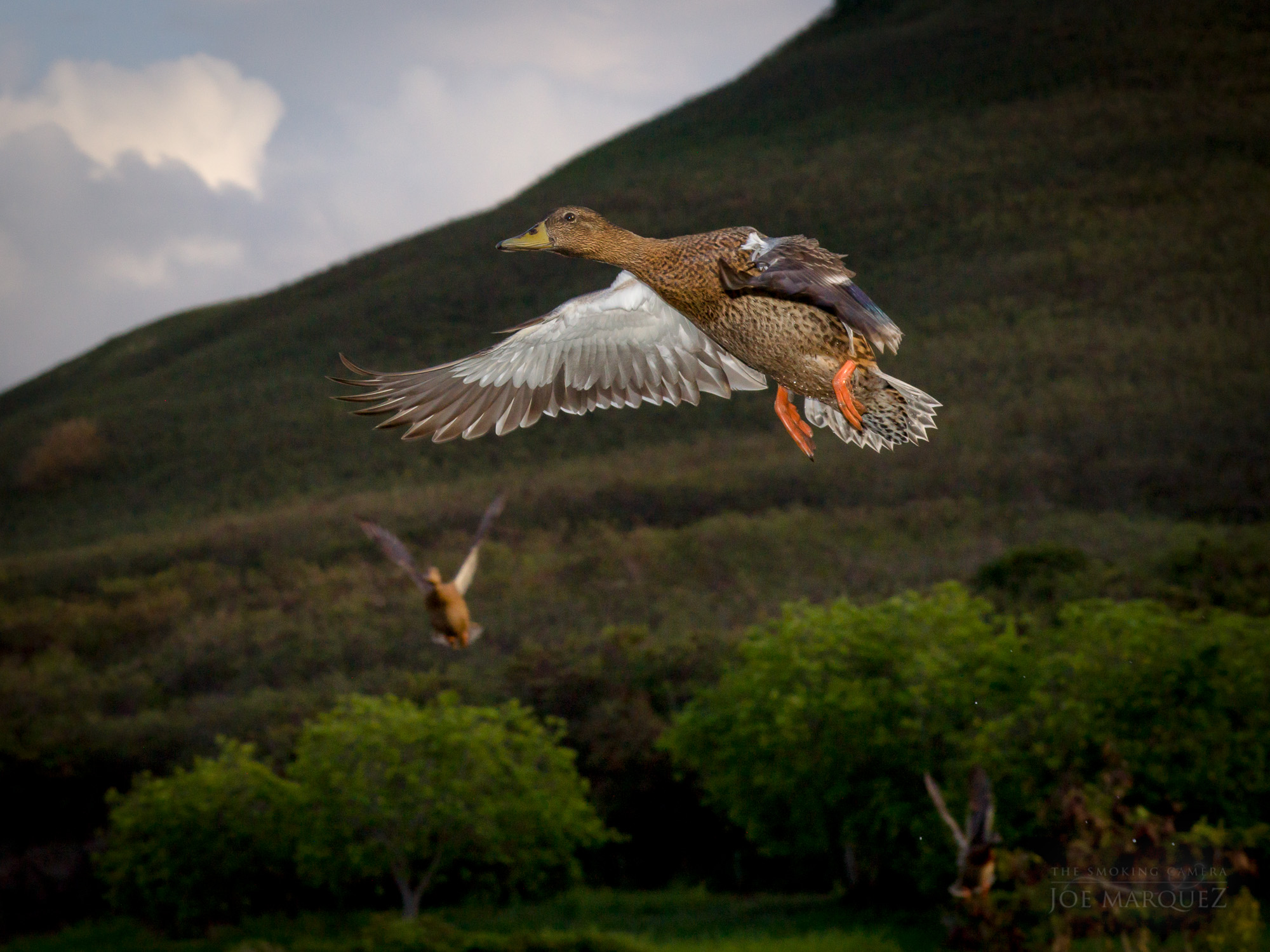
Great stuff!
Everyone: PRINT your photos, at least the best of them. Make artifacts to treasure long after the original data might be gone. Make beautiful, small prints and stuff them in a shoebox for the future to wonder at. Use good paper and archival pigment inks, stuff that will last longer than any film will. But just print them, somehow. That’s the key to this kind of real world discovery.
Sorry, but no ink will outlast silver halide film. To believe otherwise is nonsense.
Sorry, but your opinion is contrary to that of Wilhelm Imaging Research. I think I trust their research more than yours. 😉
Pigment ink on acid free paper has fewer volatiles to oxidize and degrade than silver halides stored in a gelatin.
Nice story, really like the photos.
Great Story!
Great body of work, keep sharing with us!
Wow, really cool! I love this article. The world was a lot smaller back then.
FYI. The m5 was released in 1971.
http://en.wikipedia.org/wiki/Leica_M5
Thanks Max, it certainly was.
Your quite correct, I believe there was an M4 in this collection at some point, alas I only inherited the instructions……so, either the 35mm images were taken with that or in the early 70’s.
Cheers, Jason.
Great story and images , the only way our digital images will last is if we print them
Really enjoyed your story and images. Being brown in New Zealand in the 1950’s I enjoyed the images very much.
I also enjoy both digital and film with M9 and M7 and although the instant gratification of the M9 is my go to camera I also love the M7 when I feel nostalgic and creative.
Thanks for the memories.
Hey Ross, thanks. Thats a lovely combo your shooting there! Cheers, Jason.
Great story and images Jason! Thanks for sharing.
Nice story and wonderful photographs!
The colours really pop, and have such a wonderful feel!
thank you for sharing and writing!
Absolutely great Jason! That’s really what I start to think about when I take a closer look through my archives. That is really the strength of Film photography. I absolutely prefer digital, but you have to think about how to manage storing your pictures for the future. Great photographs!
Martin ( http://www.pholux.com/ )
That’s gold Jason! Having visited your site a number of times I am happy this little find has ended up in good hands.
Thanks Andy. Pleased you have enjoyed my site and yes, these are definitely in safe hands.
Cheers, Jason.
Fantastic work, Jason. There’s a lovely nostalgia to the images that defines the time from this fantastic photog…Great work, and thanks for bringing these images to share
Great post!
And the last picture just reminded me of how much I miss Agfacolor Dia. Back when I was young and the first time in love with Photography, it was my favorite film.
thanks for sharing!
This has been my first look at Agfacolor Dia and I really like it…..sigh
Thanks, Jason.
Hi Jason, this is a really wonderful set of images! I’ve found making prints of the photos I really favor keeps a bit of tactility in the digital image making process. So far I’ve had a dozen or so 11×14 and 10×15 C prints made, most often on kodak endura metallic paper, and they’re really much better than staring at a photo on a screen. The depth that a good lighting source brings to them is simply stunning to behold.
Agree, this is something I have also done in recent times using Ilford (Gold Fibre Silk) although I’m not certain of the longevity of the paper…..:-)
Cheers, Jason.
Interesting shots….gotta love that old school look of film. As for longevity, I’m not so sure film will outlast digital. The biggest challenge to digital in the long term is being able to read all the various RAW files in 30-50 yrs. With that said, I think that the sheer volume of Jpgs out there guarantees that they at least will be able to be opened and viewed for quite some time…possibly long after your negatives have deteriorated from age. Assuming the digital media does not decompose over time, the digital files will look just as good in 50 years as the day they were taken.
I guess only time will tell!
Great story ! I do want to comment on one part though. You ask “In years to come will people have similar experiences to the one I have just shared with you? What is the likelihood of my photographs being rediscovered 40 or 50 years from now? You would have to say, highly unlikely! Film has made this discovery possible, it has preserved these images beautifully and ensured their survival to date.”
Granted, it may be more likely that someone will look at a box of old slides than look at photos on a HD. But were it not for scanning those slides, you’d be the only one (other than the family) looking at those slides. (Maybe you’d find a few people willing to sit through a slide show). Digital lets you share them. And maybe nobody will look at someone’s HD when they pass away in 50 years, but maybe they shared their photos to a much greater degree while they were still alive.
Thanks Dennis, you make a valid point. I enjoy film and digital equally and as I say both have their merits. Film has preserved them and digital has allowed them to reach a wider ordinance.
Cheers, Jason.
Mmm yummy film. I shoot the smelly stuff for when it counts!! Which is every shot. Thanks for sharing the wonderful mysterious shots.
Great post Jason! Yeah, who knows where our digital files end up in the future..? I live these windows into the past..